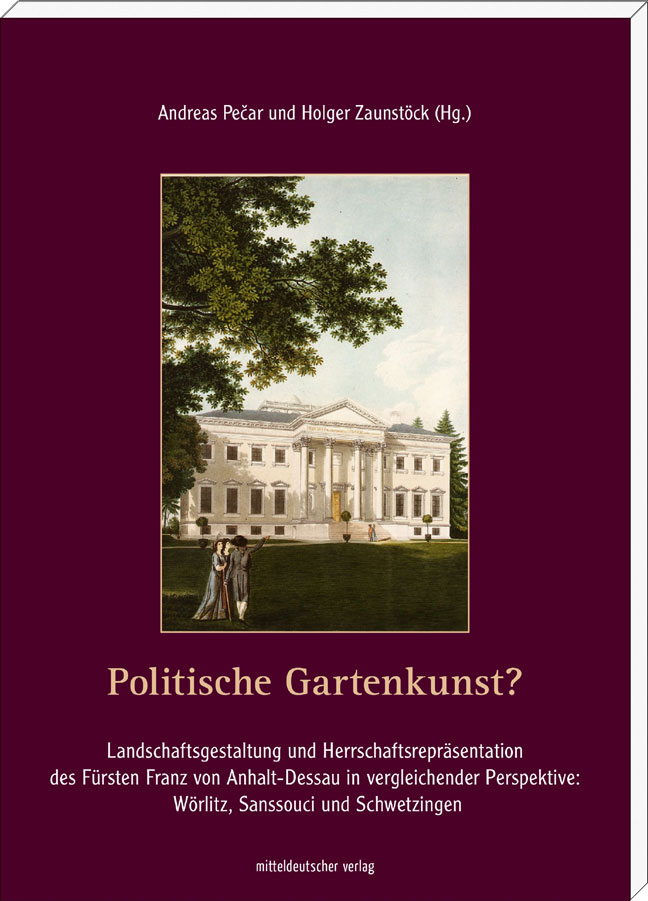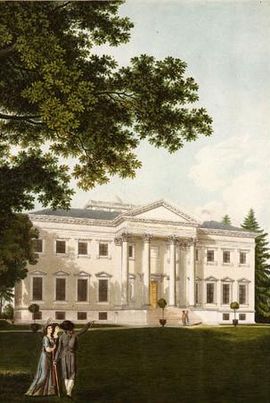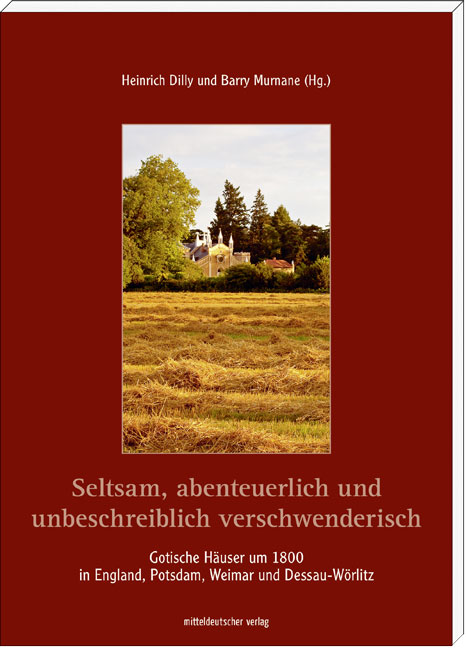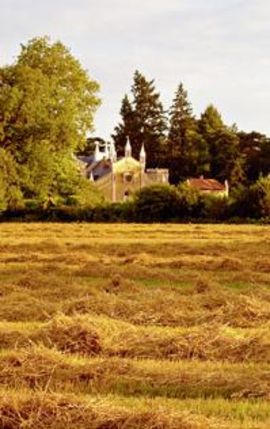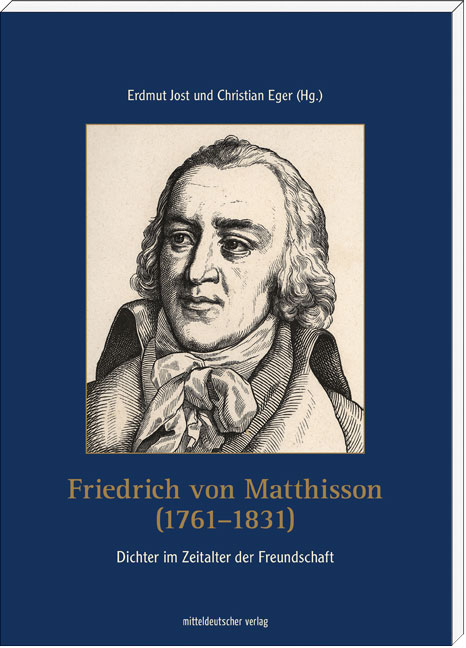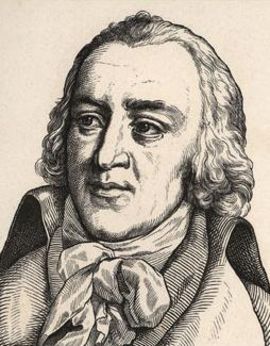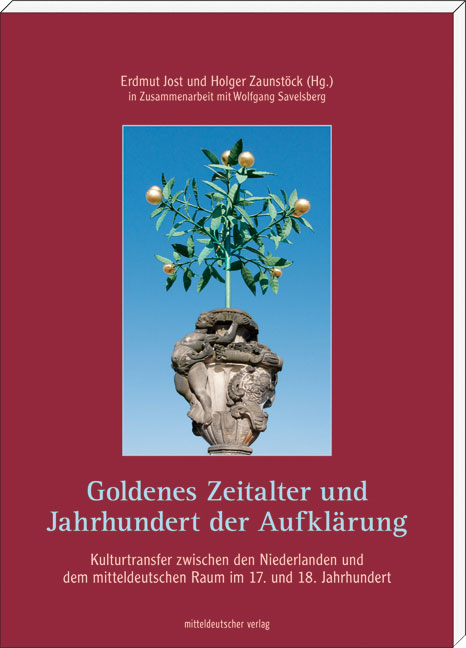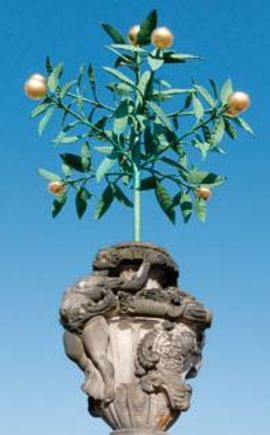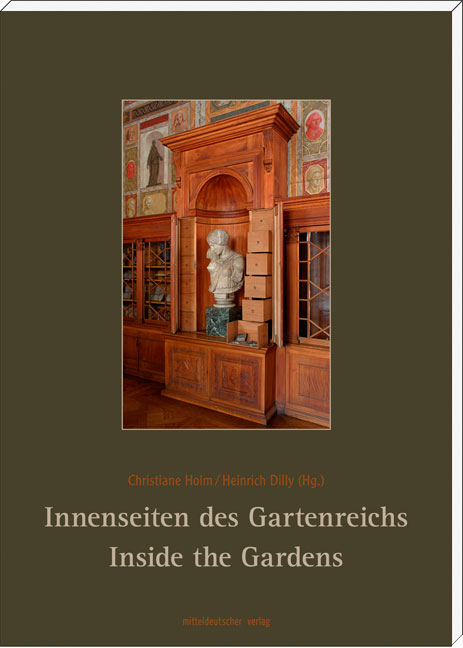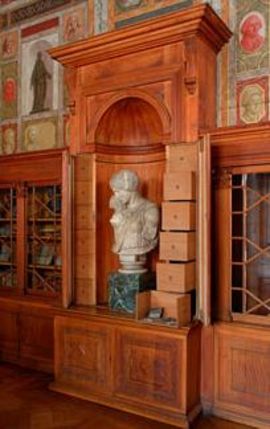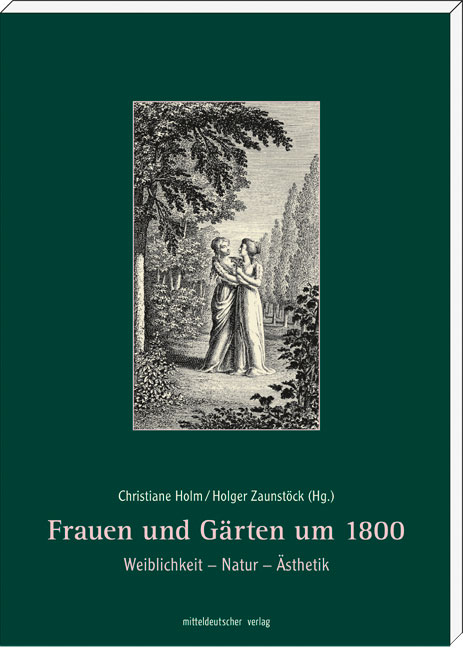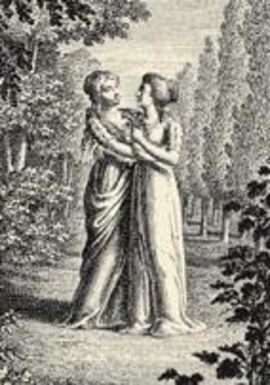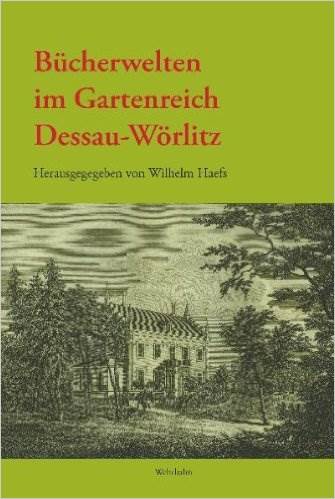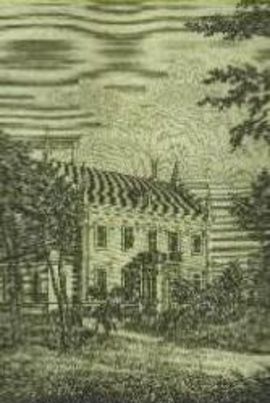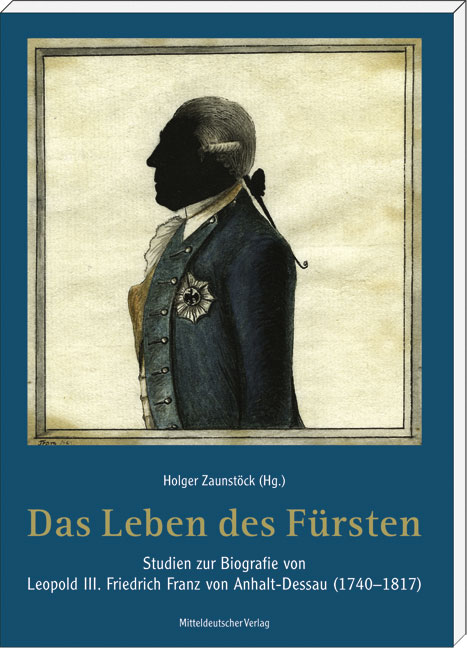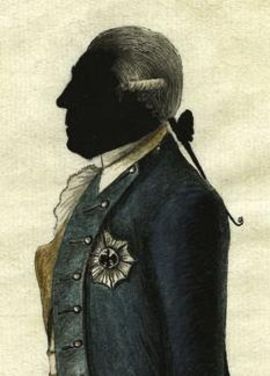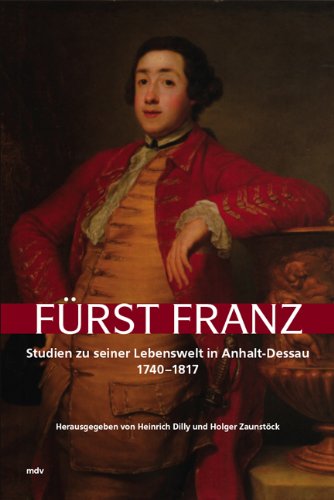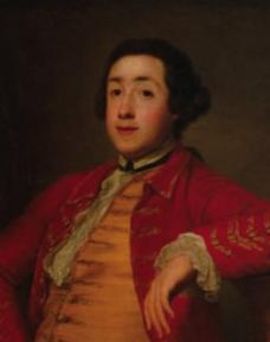DWK Publications
Conference Proceedings
Political Garden Art?
Andreas Pečar / Holger Zaunstöck (eds.): Politische Gartenkunst? Landschaftsgestaltung und Herrschaftsrepräsentation des Fürsten Franz von Anhalt-Dessau in vergleichender Perspektive (Political garden art? Prince Franz of Anhalt-Dessau’s Landscaping and Political Representation in Comparative Perspective), Wörlitz, Sanssouci and Schwetzingen, Halle, 2015.
The volume is dedicated to the question of whether the Wörlitz landscape gardens were exceptional not only in terms of their aesthetic appearance, but also in terms of political functionality. It also compares the representation of the power of the prince as shown in the landscaped garden with its political practice of power. The “political side” of garden landscaping around 1800 is thus made visible in the contributions with a concrete example.
With contributions by John Sussmann, Ingo Pfeifer, Michael Lower Meier, Andreas Pečar, Marcus Koehler, Jan Brademann and Paul Beckus.
Heinrich Dilly / Barry Murnane (eds.): Seltsam, abenteuerlich und unbeschreiblich verschwenderisch. Gotische Häuser um 1800 in England, Potsdam, Weimar und Dessau-Wörlitz (Strange, adventurous and incredibly wasteful. Gothic houses around 1800 in England, Potsdam, Weimar and Dessau-Wörlitz), Halle, 2014.
The Gothic House in Wörlitz Park, built in the years 1773 and 1774 and extended several times after 1785, is the second neo-Gothic building in Germany in general and a unique testimony to a new appreciation of medieval art and culture in the late 18th century.
But what was this house exactly – apart from its stylistic value and its current status as part of the UNESCO World Heritage list? A provocation built by an enlightened despot in the enlightened semantics of the English garden or a late version of a cabinet of curiosities, filled with peculiar oil paintings, engravings difficult to interpret, and the finest stained glass from the late Middle Ages? The retreat of an amorous potentate or a maze embodying the narcissism of a politically embattled prince?
The authors of the 13 essays in this volume set the outcome of their research up for discussion. They have acquired these insights by comparing the Gothic House in Wörlitz with other neo-Gothic buildings in the area, in neighbouring countries as well as in the spiritual home of Gothic Revival, the UK.
Friedrich von Matthisson (1761–1831)
Erdmut Jost / Christian Eger (eds.): Friedrich von Matthisson (1761–1831). Dichter im Zeitalter der Freundschaft (Friedrich von Matthisson (1761-1831). Poet in the era of friendship), with CD, Halle, 2013.
Friedrich von Matthisson was one of the most popular and successful writers around 1800. His extensive oeuvre was widely circulated, his poetry was set to music by composers such as Beethoven, Schubert or Reichardt; translations into several European languages made his writings known far beyond Germany. However, it was precisely the status of successful writer which triggered criticisms from his contemporaries and ultimately resulted in the exclusion of the writer and his work from the literary canon. He fell into oblivion and is now virtually unknown.
Matthisson 250th birthday in 2011, therefore, offered a welcome opportunity to suggest new perspectives on his life, work and impact. This volume presents the results of the annual meeting of the Dessau-Wörlitz-Commission at the Interdisciplinary Centre for the Study of the European Enlightenment (IZEA) in 2011.
Golden Age and the Age of Enlightenment
Erdmut Jost / Holger Zaunstöck (eds.), in cooperation with Wolfgang Savelsberg: Goldenes Zeitalter und Jahrhundert der Aufklärung. Kulturtransfer zwischen den Niederlanden und dem mitteldeutschen Raum im 17. und 18. Jahrhundert (Golden Age and the Age of Enlightenment. Cultural transfer between the Netherlands and central Germany in the 17th and 18th centuries), Halle, 2012.
In the 17th and 18th centuries, the Netherlands and Central Germany were connected at almost all levels of society. The studies in the present volume are dedicated to these relationships. The starting point here is the concept of “cultural transfer”, which examines the mutual perceptions and influences of two cultures. This covers a wide range of subjects: Dutch architecture, travel culture of central Germany to the Netherlands, book collections, translations of religious and philosophical writings, but also the reception of Kant in the Netherlands, the emergence of national stereotypes using the example of garden culture, the reception of Delftware and holistic medicine. The result is a comprehensive panorama that traces the focal points, ruptures and shifts in the perceptions of the cultures of two central regions in the early modern era.
Heinrich Dilly and Christiane Holm (eds.): Innenseiten des Gartenreichs. Die Wörlitzer Interieurs im englisch-deutschen Kulturvergleich (The Inner Part of the Garden Realm. The Wörlitz Interiors in Anglo-German Cultural Comparison), Halle, 2011.
The book offers a reflection on the specific tasks and functions of the interiors in the Garden Kingdom of Dessau-Wörlitz. How did Princess Louise, Prince Franz, their sons and little courtiers use their Country House, as the Wörlitz Palace was called? Was it only about representation or did they also lived there normally? What was the relationship with the other interiors of the Garden Kingdom? How were these rooms perceived by visitors? And how were the interiors related to designs that the princely couple encountered, for example during their visits to England?
Three contributions start answering these questions by looking at the interiors from an artistic, literary and musicological perspective. They show what changes emerged in the late 18th century in the representation of interiors in painting and literature and how music also changed in a similar way. In the following contributions, the Wörlitz Country House is compared to related English Country Houses. Further essays on three German residences, built at the same time and also located in the periphery of the residence, expand the options for comparison.
Women and Gardens around 1800
Christiane Holm / Holger Zaunstöck (eds.): Frauen und Gärten um 1800. Weiblichkeit – Natur – Ästhetik (Women and gardens around 1800. Femininity - Nature – Aesthetics), Halle, 2009.
The book addresses the fascinating and diverse relationship between women and gardens in the culturally and historically significant years around 1800. In those years, traditional concepts of femininity, nature and art were challenged, new spaces of action were opened up for and by women and new perspectives unfolded into modernity. The results of the annual meeting of the Dessau-Wörlitz-Commission of 2008 are presented here. They delineate this theme in an interdisciplinary way and address in particular Louise of Anhalt-Dessau and the Garden Kingdom of Dessau-Wörlitz.
With contributions by Cornelia Klinger, Alison E. Martin, Christiane Holm, Annette Dorgerloh, Petra Schmidt and Bettina Baumgärtel.
Literary Worlds in the Garden Kingdom of Dessau-Wörlitz
Wilhelm Haefs (ed.): Bücherwelten im Gartenreich Dessau-Wörlitz (Literary Worlds in the Garden Kingdom of Dessau-Wörlitz), Hannover, 2009.
The contributions of the volume are dedicated to the theme of “Literary Worlds”, of the book as a communication medium, and of libraries as places of collection, archiving, communication and representation in Anhalt-Dessau and in particular in the Garden Kingdom of Dessau-Wörlitz, and this in very different ways: ranging from the description of the private library of Prince Franz and the attempt to comprehensively reconstruct the library of Princess Luise von Anhalt-Dessau, which contained numerous copies signed by significant writers (such as Laurence Sterne), and whose spiritual profile thus becomes clearer, to the description of the Regional library of Anhalt in Dessau and its history of collecting, to the presentation of the activities and achievements of the early Dessau court librarian, the poet Wilhelm Müller, the reconstruction of the communication network of the friend of the princess, the teacher and poet Friedrich von Matthisson, using the example of his surviving “register”, to the Dessau “bookstore for scholars”, a book-centre of the late Enlightenment, which shows that the idea of self-publishing was not only discussed by the educated elite throughout the Old kingdom, but also represents a publication concept with very modern features… The volume is concluded by an analysis of the transformation of writing in the context of the description of a garden landscape, using the example of August Rodes famous translation of Apuleius “Golden Ass” (1783) and his description of the Garden Kingdom of Dessau-Wörlitz (for the first time in 1788).
The Life of the Prince
Holger Zaunstöck (ed.): Das Leben des Fürsten. Studien zur Biografie von Leopold III. Friedrich Franz von Anhalt-Dessau (1740–1817) (The life of the prince. Studies on the biography of Leopold III Friedrich Franz of Anhalt-Dessau (1740-1817)), Halle, 2008.
A modern biography of Prince Franz represents the greatest cultural-historical desire for the study of the Garden Kingdom of Dessau-Wörlitz, but a substantial biography cannot be put together quickly. This would amount to a simple compilation of already known facts. Future research should rather focus on a problem-oriented approach, which would make it possible to acquire new insights and a more complex understanding of the overall design Anhalt-Dessau around 1800.
The biographical approach serves here as a catalyst: it can open up and organize a field of research which could be articulated around different modern approaches which draw on each other’s methods. Biographical research would thus act as a means to an end: its goal is of course to devote a monograph full of new research to Franz of Anhalt-Dessau. A biography of the prince, which would describe the complex interplay of personality and spirit of the age, of everyday life and epochal cultural design, of success and failure, is indeed currently lacking. The present volume will be dedicated to this task.
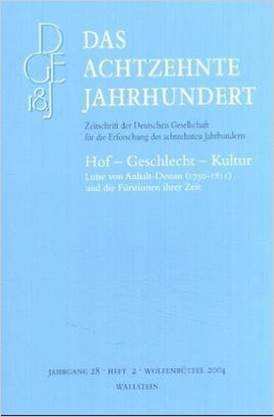
Court – Gender – Culture
Hof – Geschlecht – Kultur. Luise von Anhalt-Dessau (1750-1811) und die Fürstinnen ihrer Zeit (Court – Gender – culture. Luise von Anhalt-Dessau (1750-1811) and the princesses of her time), compiled by Wilhelm Haefs and Holger Zaunstöck (The Eighteenth Century. Journal of the German Society for the Study of the eighteenth century, vol.28:2), Wolfenbüttel, 2004.
Contents:
York-Gothart Mix: Die literaturbegeisterten Frauen am Hofe zwischen sozialem Distinktionsbedürfnis und empfindsamem Eskapismus
Anette Froesch: Die Porträts der Fürstin Luise von Anhalt-Dessau
Johanna Geyer-Kordesch: Luise von Anhalt-Dessau: Liberty, Sensibility and Wisdom
Bärbel Raschke: Privatbibliothek und Lektüre der Fürstin Luise von Anhalt-Dessau
Helga Meise: Lesen und Schreiben im Rollenverständnis deutscher Fürstinnen des 18. Jahrhunderts
Joachim Berger: Repräsentationsstrategien deutscher Fürstinnen in der Spätaufklärung
Further Publications
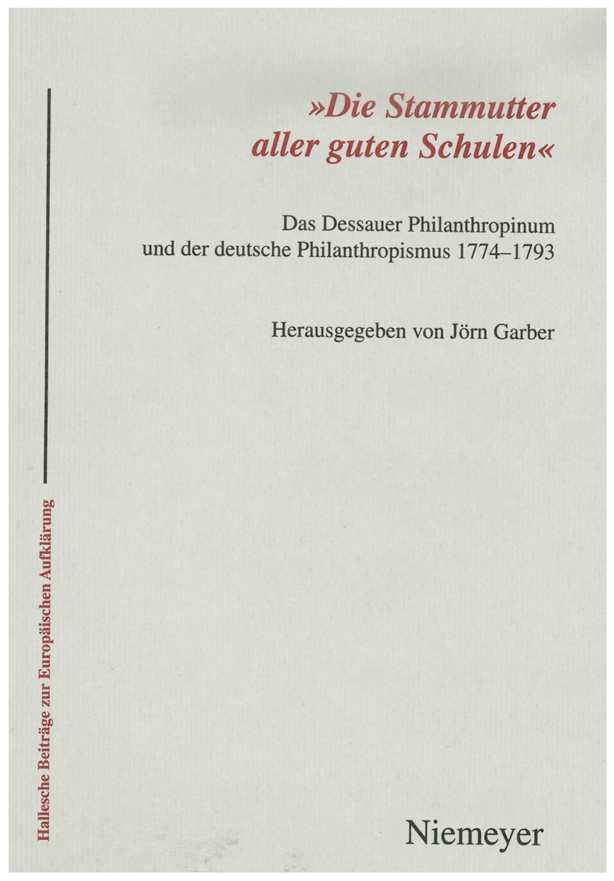
The Dessau “Philanthropinum” and German Philanthropism
Jörn Garber (ed.): ‚Die Stammutter aller guten Schulen‘. Das Dessauer Philanthropinum und der deutsche Philanthropinismus (1774-1793) (The Ancestor of All Good Schools. The Dessauer Philanthropinum and German Philanthropism (1774-1793))(Hallesche Beiträge zur Europäischen Aufklärung 35), Tübingen, 2008.
The 18th century is described as the pedagogical century. In Dessau, the first reform school of “philanthropists”, which followed the principles of the Enlightenment, was founded in 1774. The philanthropists revolutionized teaching by designing a child-friendly learning strategy. They no longer wanted to convey the subject matters which interested scholars, but rather professional practical knowledge for future citizens. All subsequent reform school movements in Germany appealed to this first comprehensive school experiment of German Enlightenment pedagogy.
Prince Franz
Heinrich Dilly / Holger Zaunstöck (eds.): Fürst Franz. Beiträge zu seiner Lebenswelt in Anhalt-Dessau (1740-1817) (Prince Franz. Contributions to the Study of his Living Environment in Anhalt-Dessau (1740-1817), Halle, 2005.
Leopold III. Friedrich Franz (1740-1817), Duke of Anhalt-Dessau, known as Prince Franz, was the creator of what is today known as the Dessau-Wörlitz Garden Kingdom, World Heritage site of the UNESCO. The enlightened ruler was a patron of the arts and culture. A recent biography of the prince is still needed. This volume presents the findings that the students of history and art history, as part of a research seminar at the Martin Luther University, have identified to close this gap. The students received in 2005 a “special award of the Rector of Martin Luther University of Halle-Wittenberg” for the publication of their work.
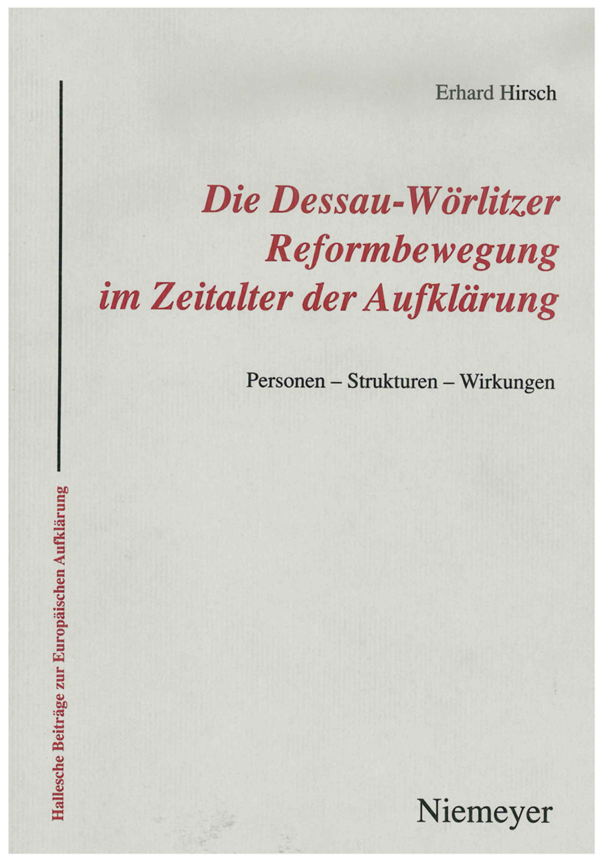
The Dessau-Wörlitz Reform Movement During the Enlightenment
Erhard Hirsch: Die Dessau-Wörlitzer Reformbewegung im Zeitalter der Aufklärung. Personen – Strukturen – Wirkungen (The Dessau-Wörlitz Reform Movement During the Enlightenment. People - Structures – Effects) (Hallesche Beiträge zur Europäischen Aufklärung 18), Tübingen, 2003.
To bring light into peoples’ heads was the declared goal of the proponents of the Enlightenment: In Anhlat-Dessau, the Enlightenment was demonstratively practiced as nowhere else. Since the appointment of the heretic Basedow, who founded the “Philanthropin” in 1774, Dessau-Wörlitz was on everyone’s lips. In this volume, Hirsch examines critically all aspects of society, with reference to the often enthusiastic praises of visitors and publications about this centre of the Enlightenment, which helped overcome prejudices and prefigured the emancipation of the Jews and brought to life in a Garden Kingdom the pedagogical province and the “peace state” of the Enlightenment.


